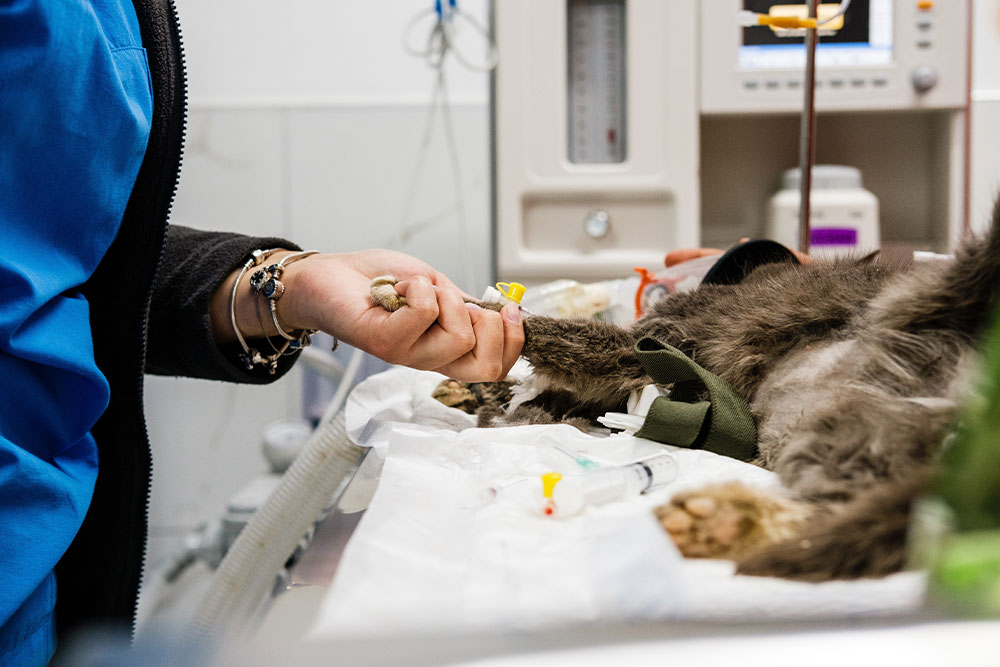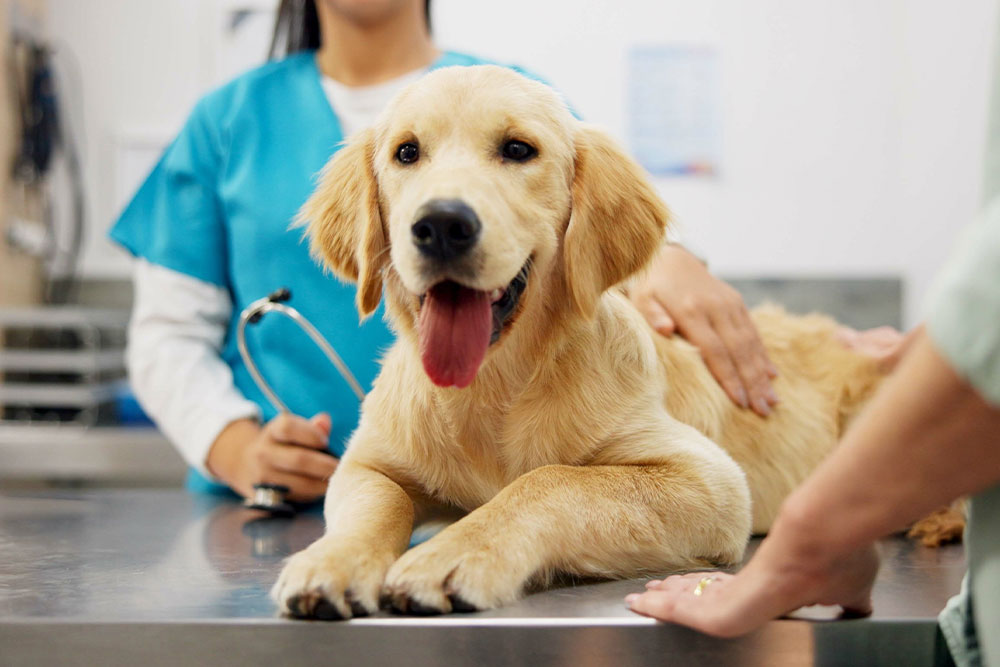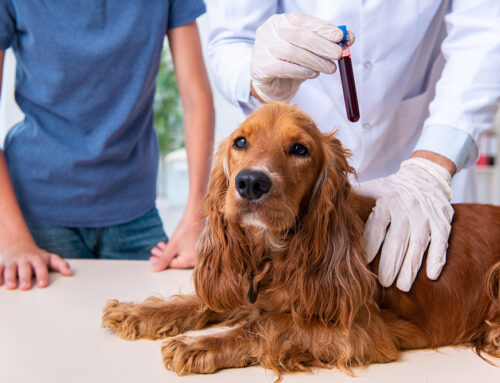Surgery can feel overwhelming, especially when it involves a pet. At Milford Animal Hospital in Milford, PA, we understand the anxiety that comes with sending your pet into the operating room. Whether the procedure is routine or urgent, our goal is to make the experience as informed and stress-free as possible.
To help you feel more prepared, we’ve outlined the most common pet surgeries we perform, what each one involves, and how you can support your pet through every stage of their recovery.
Why Pet Surgery Might Be Needed
Veterinary surgery spans a wide spectrum—from preventive procedures to emergency interventions. Even routine surgeries like spaying or mass removals can drastically improve your pet’s long-term health. By understanding what to expect, you’ll be better equipped to make confident, informed decisions.
1. Spaying and Neutering: Preventive and Life-Saving
What It Is
Spaying (for females) involves removing the ovaries and uterus. Neutering (for males) involves the removal of the testicles. Both are performed under general anesthesia.
Why It Matters
In addition to preventing unwanted litters, spaying and neutering reduce the risk of reproductive cancers and infections. Spaying eliminates the risk of pyometra (a life-threatening uterine infection), while neutering reduces the chance of testicular cancer and some prostate issues. Learn more via Spay or Neuter Resources – AAHA.
Timing and Recovery
Most pets are spayed or neutered around six months of age, though we may tailor timing based on breed or medical history. Recovery typically involves restricted activity, incision monitoring, and short-term pain medication.
2. Mass Removal: Identifying the Unknown
What It Is
Surgical mass removal involves excising abnormal growths—whether benign (like lipomas) or potentially cancerous tumors.
Diagnosis
We often begin with a fine needle aspirate or biopsy to assess cell types. Further diagnostics may include imaging. For context, review Types of Cancer in Pets – AAHA.
Post-Op Expectations
The mass is typically sent for histopathology. Recovery includes wound care, limited activity, and regular follow-up to monitor healing and detect any recurrence.
3. Dental Extractions: Beyond Fresh Breath
Why They’re Needed
Dental disease is common in pets and can cause significant pain, tooth loss, and systemic infection. Infected or damaged teeth often require extraction.
Recognizing the Signs
Watch for bad breath, drooling, bleeding gums, or reluctance to chew. We confirm diagnosis with oral exams and dental X-rays. For more insight, visit Diagnosis and Treatment of Fractured Teeth – Today’s Veterinary Practice.
4. Foreign Body Removal: When Curiosity Turns Risky
What It Is
If your pet swallows a toy, sock, or bone fragment, it may cause a dangerous gastrointestinal blockage that requires surgical removal.
Symptoms to Watch For
Vomiting, abdominal pain, diarrhea, and lack of appetite are red flags. Imaging such as radiographs or ultrasound confirms the obstruction. Learn more about this condition from Cornell’s overview on GI Foreign Body Obstruction.
5. Cruciate Ligament Repair: Rebuilding Stability
Why It’s Performed
Cruciate ligament injuries are one of the most common orthopedic conditions in dogs. Left untreated, they can lead to arthritis and long-term mobility issues.
Surgical Options
Techniques like TPLO (tibial-plateau-leveling osteotomy) or lateral suture stabilization are used based on your dog’s size and activity level. Read more at Canine Cruciate Ligament Injury – Colorado State University.
Post-Op Care
Expect a recovery period involving restricted movement, pain control, and physical therapy to restore strength and range of motion.
What to Expect Before Surgery
Pre-Surgical Instructions
We’ll provide personalized instructions, but typical guidelines include:
- Fasting for 8–12 hours prior to anesthesia
- Withholding certain medications, if advised
- Bringing your pet’s medical records or recent test results
Surgery Day
Your pet will receive a physical exam and pre-anesthetic bloodwork. You’ll also have a chance to ask any final questions before the procedure begins.
FAQs About Pet Surgery
How long is my pet under anesthesia?
Most procedures last one to two hours, depending on complexity.
Is anesthesia safe?
Modern anesthesia is very safe, especially when preceded by pre-op screening. We monitor vital signs throughout the entire procedure.
How will I know if my pet is in pain?
Signs include vocalization, decreased appetite, or reluctance to move. Our team uses multimodal pain relief protocols to ensure your pet is as comfortable as possible.
We’re Here to Support You
At Milford Animal Hospital, our team is committed to guiding you and your pet through every step of the surgical process—from initial consultation to full recovery. Whether it’s a routine procedure or a complex operation, you can count on us to deliver thoughtful, compassionate care with transparency and skill.
Contact us with any questions, or meet our team to learn more about the professionals who will be by your pet’s side. We’re honored to be your veterinary partner—today and every day.








Leave A Comment